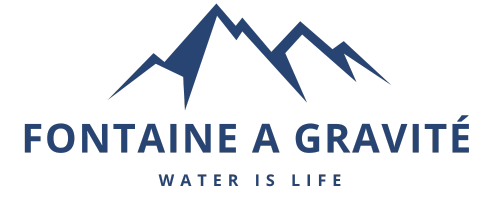Berkey - Do Black Berkey® purification elements reduce dioxane?
Share
Dioxane (also known as 1,4-dioxane, diethylene ether, and diethylene dioxide) is a chemical used as a solvent in industrial products such as paint and pesticides. It can also be found as a trace contaminant in consumer products such as shampoos, detergents and cosmetics. Drinking water can become contaminated with dioxane through discharges from manufacturing plants or leaking underground storage tanks. Once dioxane mixes with a drinking water source, it does not break down easily and tends to stay in the water.
Although New Millennium Concepts, Ltd. has not conducted specific testing for dioxane, we expect the reduction in dioxane to occur for the following reasons:
Dioxane (C 4 H 8 O 2 ) is composed of carbon, hydrogen and oxygen.
Reduction of dioxane has been reported in several studies to be achieved by the adsorption mechanism to attract dioxane to the surface of carbon-based media.
Black Berkey ® purification elements use activated carbon in our proprietary formulation.
Scientific Engineering Response and Analytical Services (SERAS) has listed bromochloromethane (BCM) as a substitute for dioxane. Surrogates are compounds similar in chemical composition to the analytes of interest and spiked into environmental samples prior to preparation and analysis. They are used to evaluate the effectiveness of removing or reducing other contaminants that react similarly.
Black Berkey ® purification elements reduce bromochloromethane by over 99.80%.
However, because NMCL does not have a specific test for dioxane, we cannot make any specific claims for dioxane reduction. Factors that could impact any reduction would include the concentration of dioxane contamination, as well as other competing contaminants in the water.
New Millennium Concepts, Ltd. always recommends using the cleanest water source available, whenever possible.
Although New Millennium Concepts, Ltd. has not conducted specific testing for dioxane, we expect the reduction in dioxane to occur for the following reasons:
Dioxane (C 4 H 8 O 2 ) is composed of carbon, hydrogen and oxygen.
Reduction of dioxane has been reported in several studies to be achieved by the adsorption mechanism to attract dioxane to the surface of carbon-based media.
Black Berkey ® purification elements use activated carbon in our proprietary formulation.
Scientific Engineering Response and Analytical Services (SERAS) has listed bromochloromethane (BCM) as a substitute for dioxane. Surrogates are compounds similar in chemical composition to the analytes of interest and spiked into environmental samples prior to preparation and analysis. They are used to evaluate the effectiveness of removing or reducing other contaminants that react similarly.
Black Berkey ® purification elements reduce bromochloromethane by over 99.80%.
However, because NMCL does not have a specific test for dioxane, we cannot make any specific claims for dioxane reduction. Factors that could impact any reduction would include the concentration of dioxane contamination, as well as other competing contaminants in the water.
New Millennium Concepts, Ltd. always recommends using the cleanest water source available, whenever possible.
